Heat Transfer Analysis & Passive Solar Cooling Strategies Assignment
VerifiedAdded on 2023/06/12
|7
|989
|474
Homework Assignment
AI Summary
This assignment provides solutions related to heat transfer mechanisms, heat loss paths in buildings, and passive solar cooling strategies. It explains how the human body gains or loses heat through radiation, evaporation, convection, and conduction. It identifies the main paths of heat loss in an uninsulated brick veneer house in Sydney during winter, emphasizing losses through doors, windows, and roofs. The assignment includes a calculation of thermal conductance (U-value) for a cavity wall, determining its thermal efficiency for housing in Australia. Furthermore, it describes five strategies for passive solar cooling in hot, dry climates, such as insulation, double-glazed windows, natural ventilation, horizontal louvers, and reflective materials. Finally, it explains how angled louver blades can be designed to manage direct sunlight entry into buildings in locations like Sydney. Desklib provides this assignment and many other solved assignments and past papers to help students excel in their studies.
1 out of 7
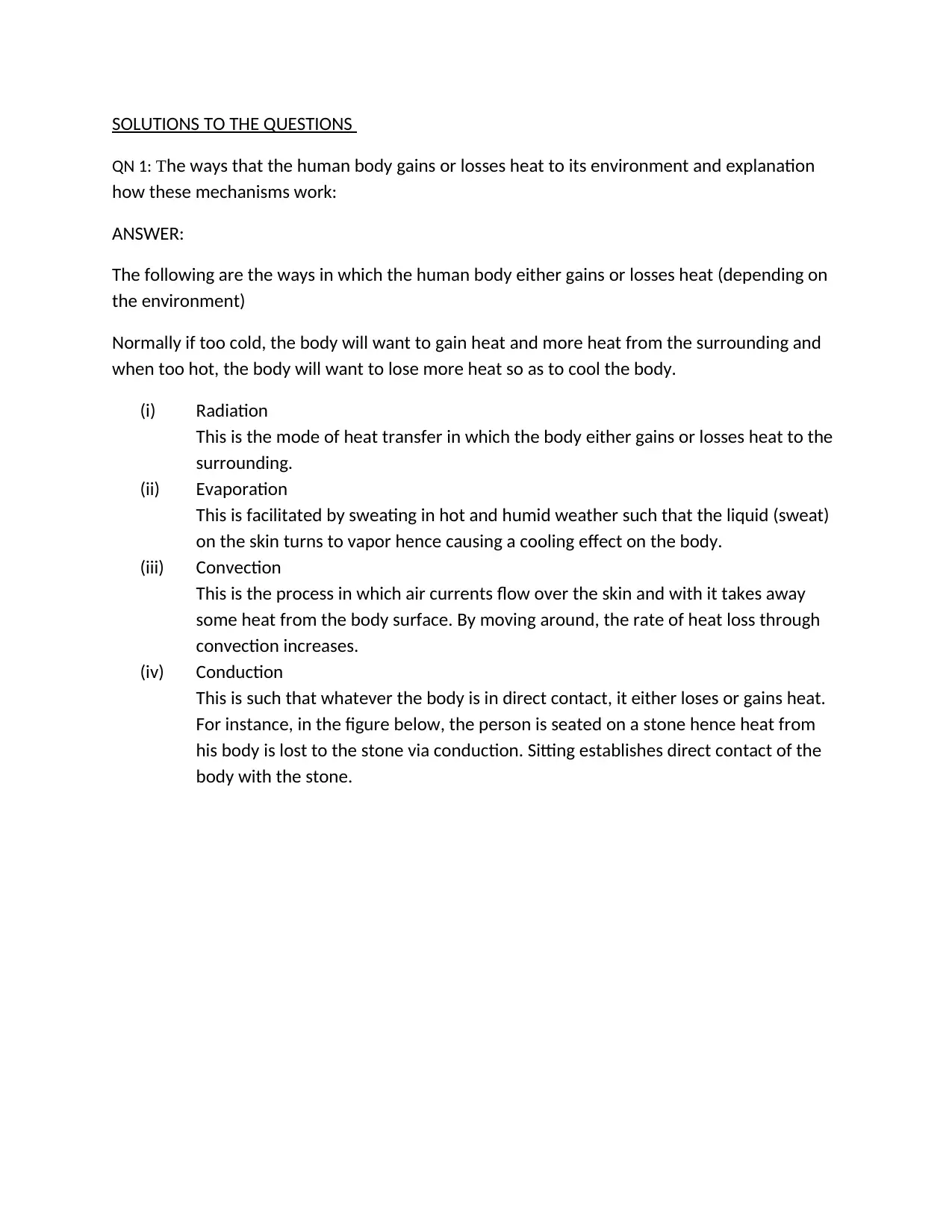
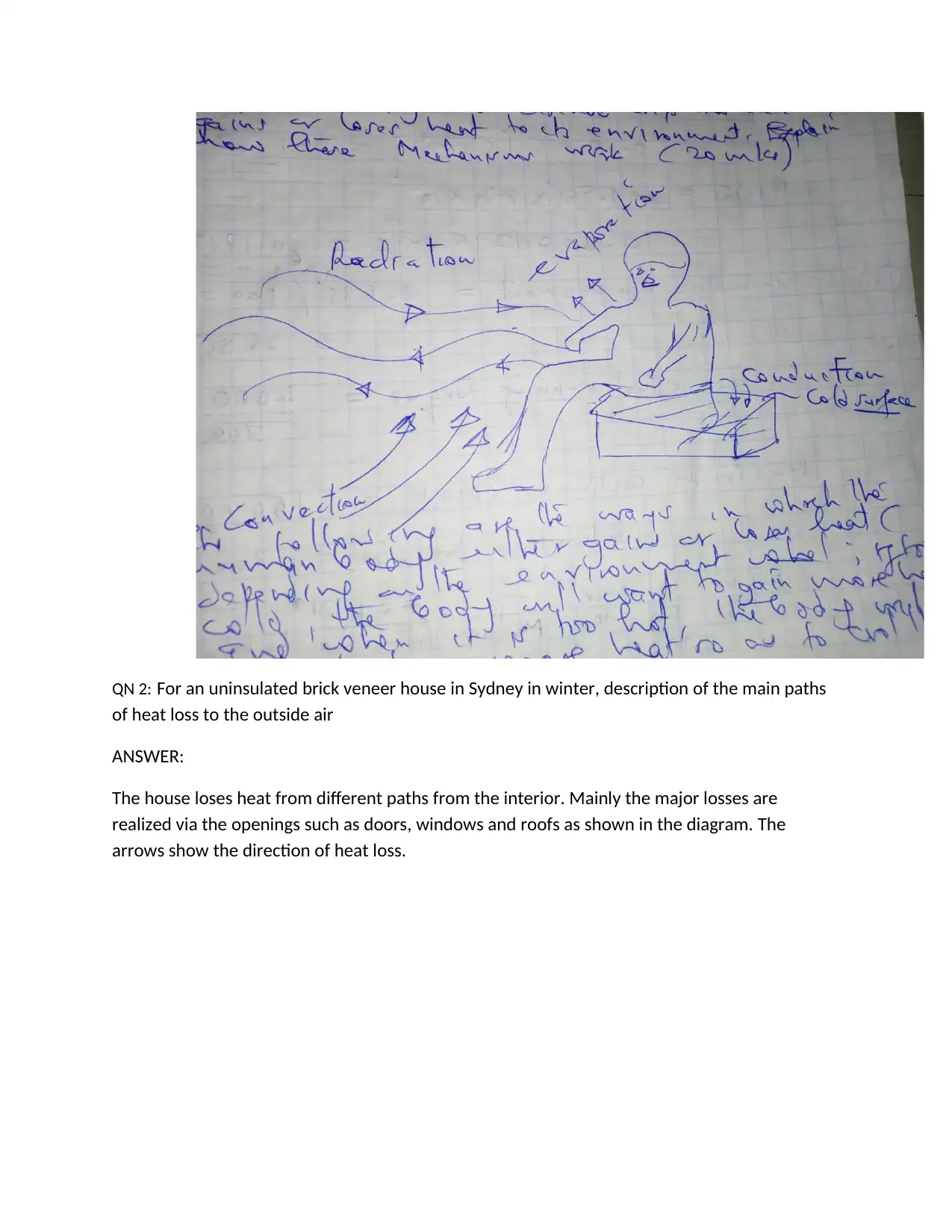
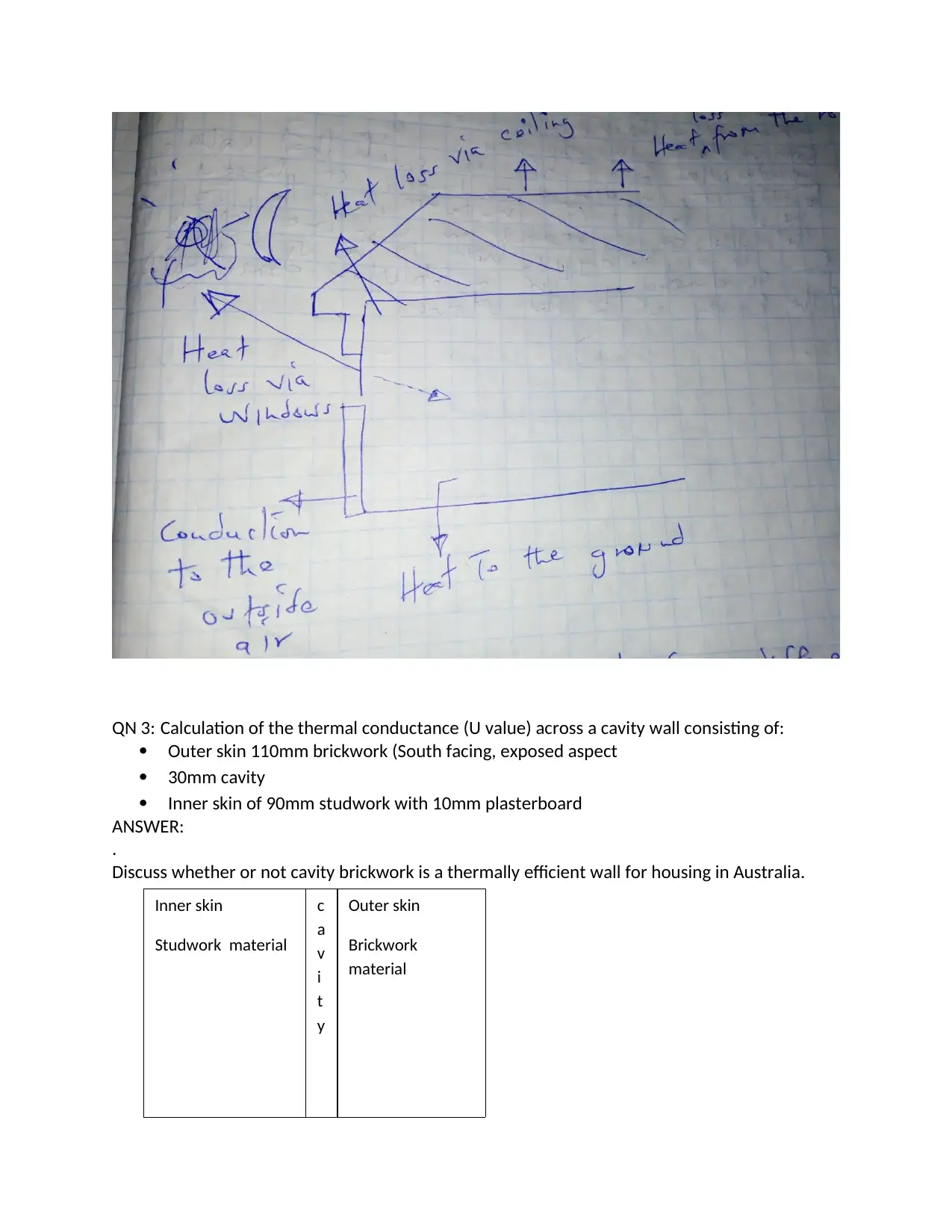

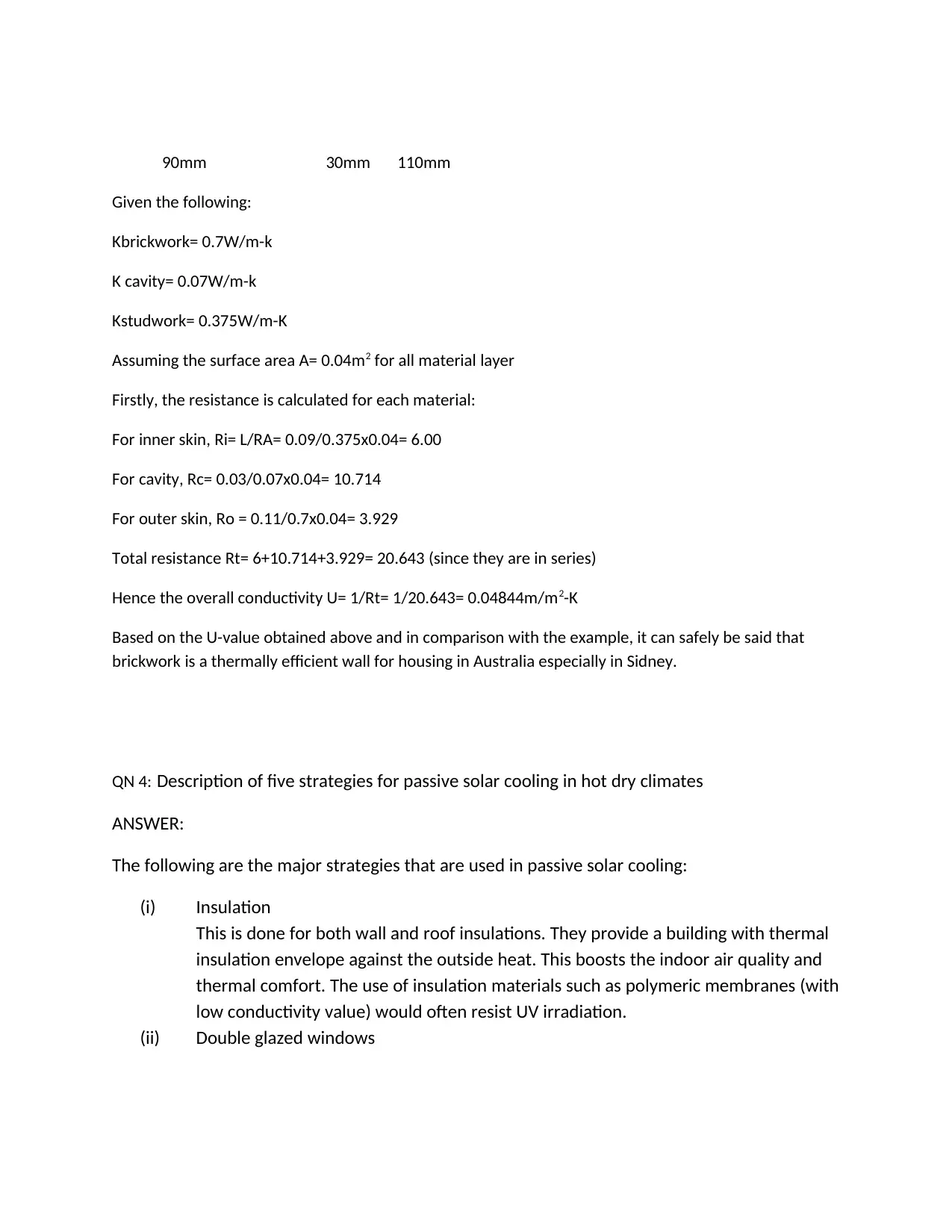
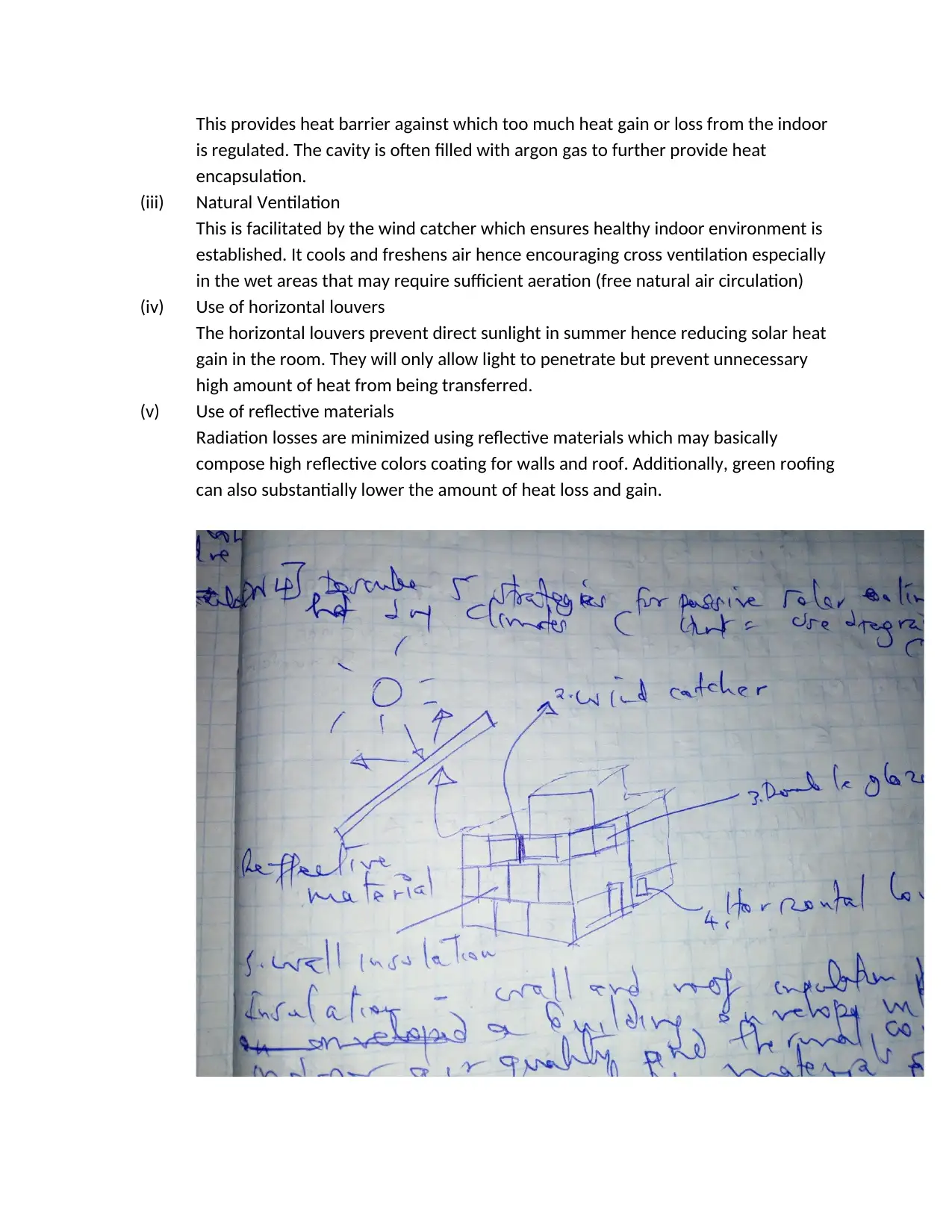
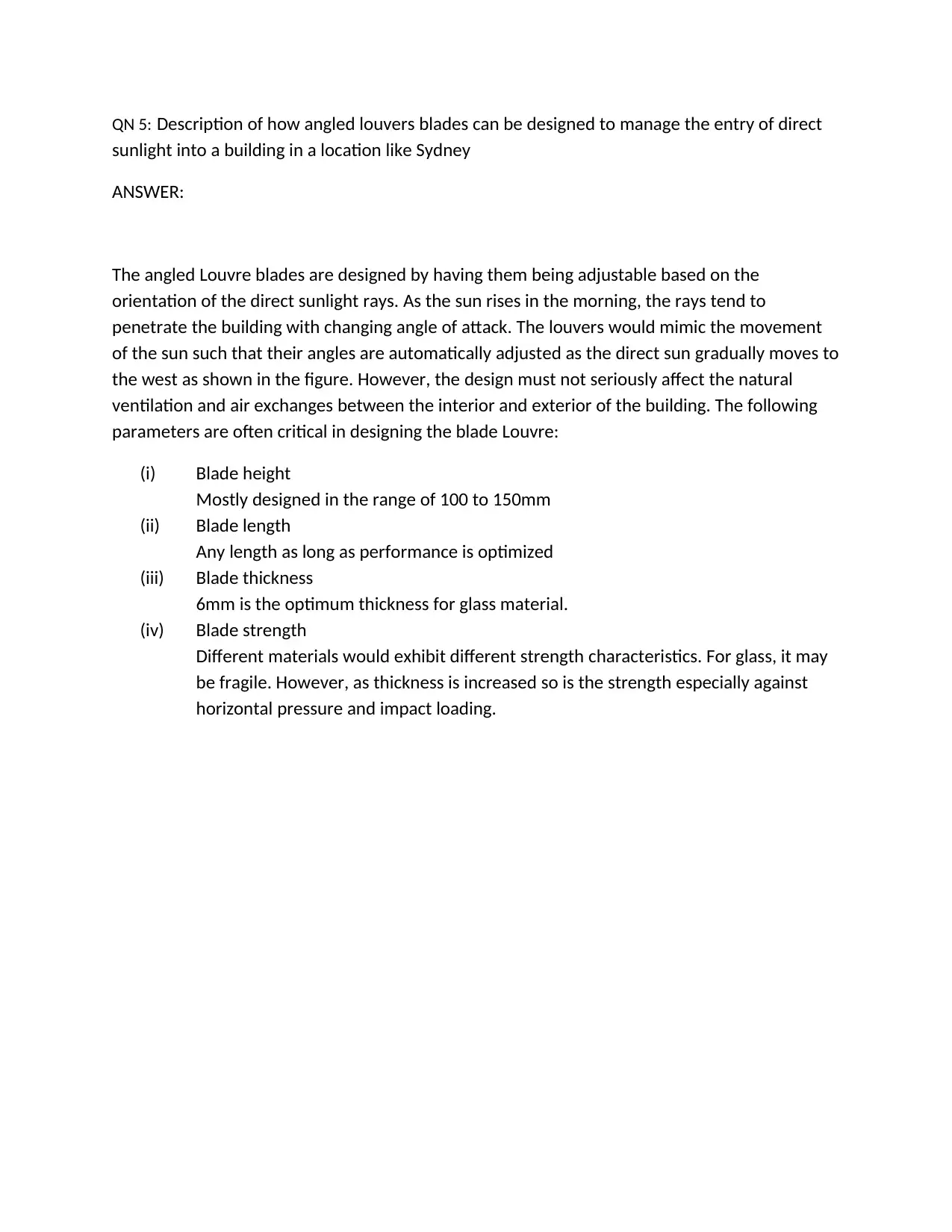
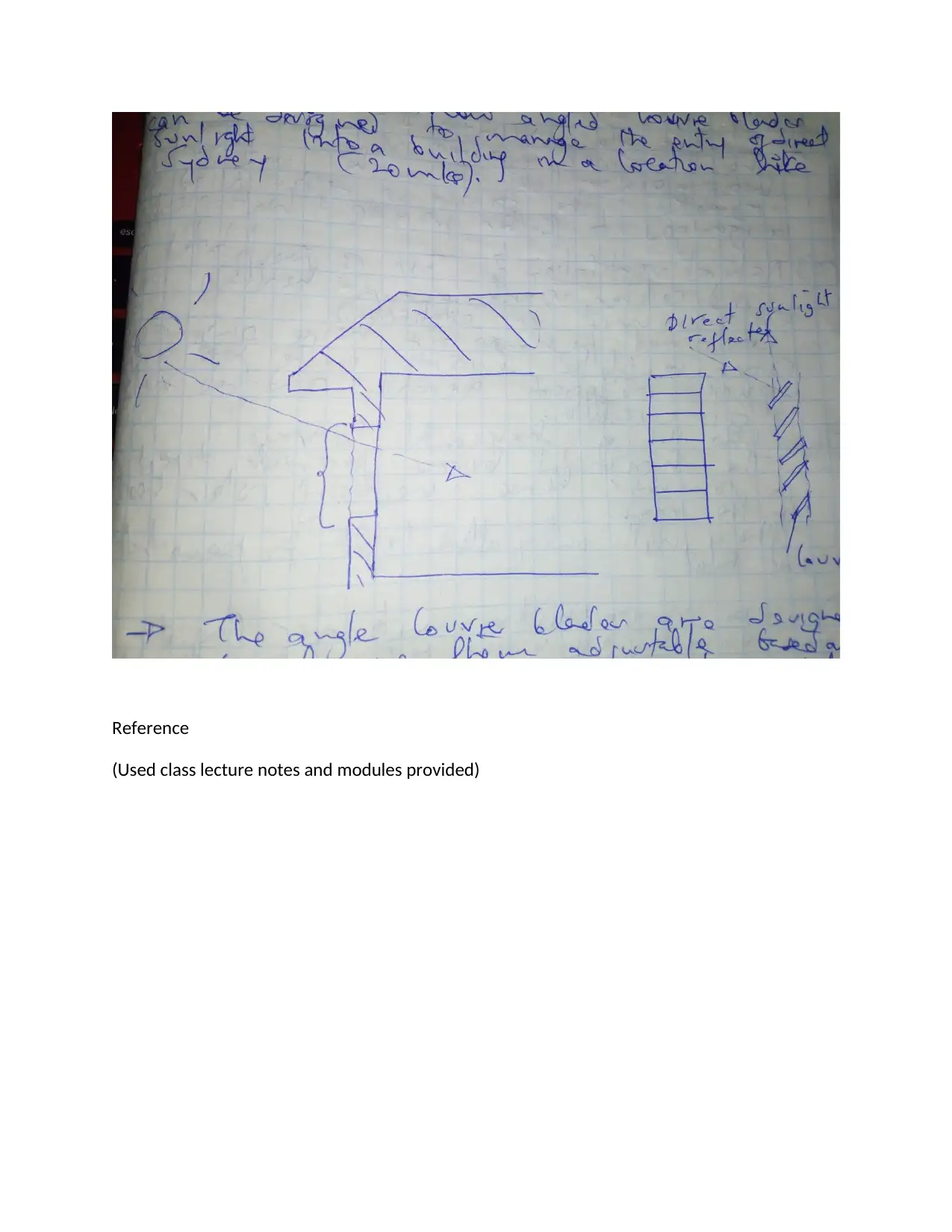


![[object Object]](/_next/static/media/star-bottom.7253800d.svg)